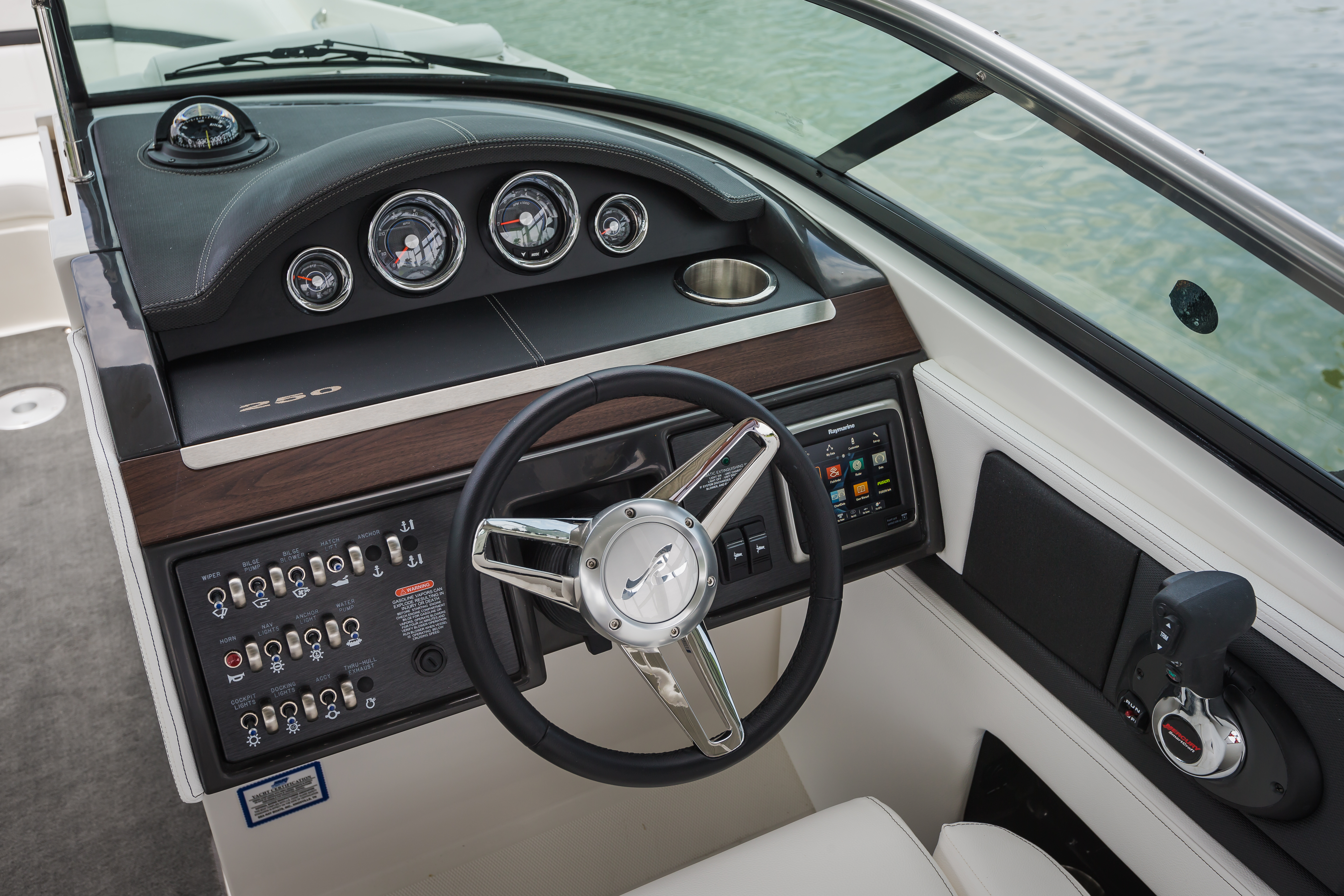As implied by the name, this system utilize water from outside the boat to cool the engine and certain related components-this system is also called a seawater system and the names can be used interchangeably All versions of this system utilize two water pumps, hoses and a thermostat. The raw water pump is a self-priming impeller-style pump. Special compound nylon/rubber blades give the blades the ability to flex. The inside surface of the pump is eccentric, causing the blades to move from larger volume area to a smaller volume area as they rotate within the pump body. During periods of low speed there will be very little resistance to water flow within the pump.
The impeller blades will flex along the eccentric surface, thus providing appositive displacement action. As operational speed increases, resistance will begin to build within the pump; causing the ends of the impeller blades to begin flexing inward, slowly changing the pump action from positive displacement to that of a circulation-style pump. The belt-driven circulating pump is mounted on the front of the cylinder block. A pulley is bolted to the forward edge of the pump shaft hub and is driven via a belt from the crankshaft pulley. The pump shaft and permanently lubricated bearing assembly is pressed into the pump cover-a seal pressed into the cover prevents any cooling water from escaping. Raw water is picked up through screened openings on either side of the lower unit. Water is then drawn through the lower and upper gear housing of the drive unit and trough the transom plate.
A line then carries the water to an oil or power steering cooler and then on to the water pump, or directly to the pump. After exiting the water pump, the cooling water then enters the inlet side of the thermostat housing and moves in a number of directions. Some water is routed through the hoses directly to the exhaust manifolds for cooling, while the remaining water moves down to the engine circulating pump where it is driven into the water jackets surrounding each cylinder. After working its way through all of the cylinders, the water is forced upward through two passages an into the cylinder heads where it cools the combustion chambers.
Once at the forward side of the head, the water enters the thermostat housing; where, if sufficiently warm, it will cause the thermostat to open and be diverted partially back to the circulating pump and/or to the exhaust manifolds where it will be introduced into the exhaust gas flow and out of the boat. If the water is not yet warm enough to cause the thermostat to open, it will be diverted entirely back to the circulating pump.


